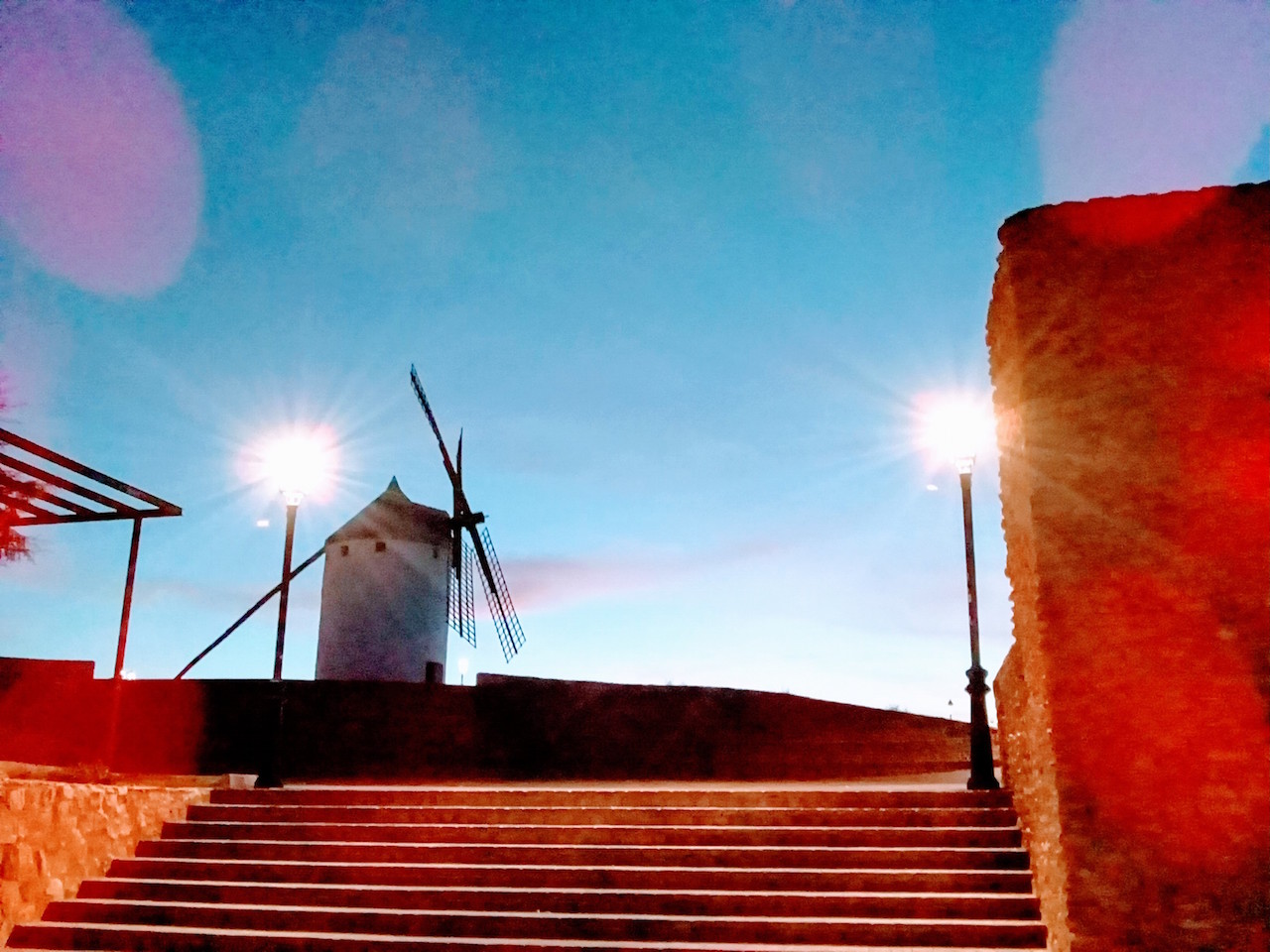Writer Antonio Montalvan writes about living and teaching English in rural Spain, describing the town’s gastronomy, traditions and heartwarming stories we don’t usually read in guidebooks.
If this were the 19th century, I would be travelling to a place entirely unknown and unexpected. But this was the 21st century. Before I left, I had seen a few pictures on the web of the town I would be staying. From Google map, I had even located the school where Spain’s ministry of education had assigned me. Still, it was a journey to terra incognita where I knew no soul and worse, I had no idea where I was to sleep for the night.
The lone bus that travels to the little pueblo of Camuñas (population 1,740) left the estación de autobus of Toledo city at about half past two in the afternoon.
When I arrived in Camuñas it was siesta time and the silence was unnervingly eerie. I was the only bus passenger to alight. There were no pedestrians. The window shutters of the houses were all closed. Even the wind was still.

Silence of cultural disorientation
It was the kind of silence that can give you a cultural disorientation (lesser than a culture shock) coming from the hustle and bustle of my home city Cagayan de Oro (population 675,950).
My lone contact was the school director. I would later know that he wasn’t a resident of Camuñas. Who can blame me for a thumping heart at that point? I was being sucked into a fear of the unknown, and you know what the unknown can play on your mind. I thought that if worse came to worst, I would have had to find the police station (there was actually none; this pueblo was almost crime-free).
And then a car pulled over. The driver bellowed my name. He turned out to be my landlord, Sime. He said the school had contacted him to accommodate me in the apartment he was renting out. I heaved a big sigh of relief.
I grew up with some knowledge of Spain. My paternal grandfather was from Castilla-La Mancha who got assigned to the Philippines in 1891 as administrador de la hacienda publica in Mindanao. He died in 1929.
My father’s side of the family spoke Spanish. But growing up in 1960s Philippines when the school system was English, Spanish wasn’t even a second language by then. It didn’t matter that Spanish at home was not exactly the classic type – I call it domestic Spanish when speakers do not mind grammatical and syntax errors. But grammatical errors are not to be overlooked in classic Castellano Castilla-La Mancha.
Before we reached Sime’s house, he had stopped to talk to a woman who drew near the car. “I speak English, so do not worry,” said Ana Belen who introduced herself as the school’s English teacher under whose classes I was to assist in English teaching. At last I felt I was in good hands. Communication is truly important, even psychologically.
The town novelty
After I had settled in school the following week, everything progressed wonderfully. The children thought I was a novelty.
I was the first native English speaker to have lived in town. Each time they saw me on the streets, they would shout out my name.

It does not take the entire morning to traverse the whole breadth and length of Camuñas. In the afternoons, when siesta time is over and the kids come out to play in Parque Municipal or go to the Centro de Deportes, the townsfolk begin their daily ritual of visiting the bars for a few cervezas. There are about five bars in Camuñas, two supermercados, a Chinese store, two banks, and one farmacia.
Outside school, I began accepting students for private English classes. My first student was Paloma, a young and intelligent university graduate who wanted to hone her English. One day, Paloma wanted to give me a guided tour of the town. While we were stopping outside a house that attracted me for its quaint details, an elderly man passed by and overheard us.
“If you want to know more about the town’s history, come drop by my house for lunch,” said Serafin. And that was the beginning of my foster-home relationship with Serafin and his wife Juli who treated me as though I was under their care.

Warm hands, cold hearts
One day during one of my daily walks, a student’s mother recognized me. Montse then said, “Come follow me.” It was August, the the time of the traditional azafran (saffron, the essential ingredient that goes with the classic paella).
In the dining room of Lili’s (Montse’s mother) house, the entire family are gathered around the table sorting out the petals of the aromatic azafran. It was a tradition, I was told, and which many other families in Camuñas did almost mandatorily this time of the year.
The good people of Camuñas make sure you are immersed in their local culture. And for that, food was essential. Ana Belen the English teacher regularly brought me to the house of her parents, Jose and Juli, to savor the gustatory treats that were often cooked from the dining room’s fireplace.
As the days and weeks passed by in tranquility, I had learned to cook gachas manchegas, the thick soupy flour-based paste with slices of fried pork belly meat. Friends made sure I tried the migas (bread crumbs fried in olive oil and served with grapes and chorizo slices), and then the obligatory torrijas during Lent. Torrijas is the Spanish-style French toast dipped in milk and eggs and topped with a sprinkle of cinnamon sugar. Four friends dropped by my house to let me savor their home-cooked torrijas. At the end of the day, I knew which torrijas was the best in the entire Camuñas.

It is the warmth of meseta Castilla-La Mancha that eventually won me to rural and quiet Camuñas and made me forget the initial cultural disorientation.
Vidal, one of the town’s elderlies who frequented the church’s daily mass, taught me about Spanish refranes (sayings). Amazingly, conversations are often dotted with these sayings. “Hasta San Anton, Pascua son” (Christmas is all the way to the feast of St. Anthony Abbot in January). A refrán always has only four words.
One day, while seeing him outside the church in a chilly Camuñas winter, Serafin shook my hand and noticed it was cold. “Manos frias, corazon caliente. (Cold hands, warm hearts),” he said. And for me, that summed up what Camuñas was – a place of extremely welcoming people with the kindest of hearts.
What's Your Reaction?
Antonio J. Montalván II is a social anthropologist and museum professional who writes opinion essays for the Philippine Daily Inquirer, Vera Files, PressOne.PH, and Al Jazeera Digital. He also travels the world occasionally in his study of material cultures.




